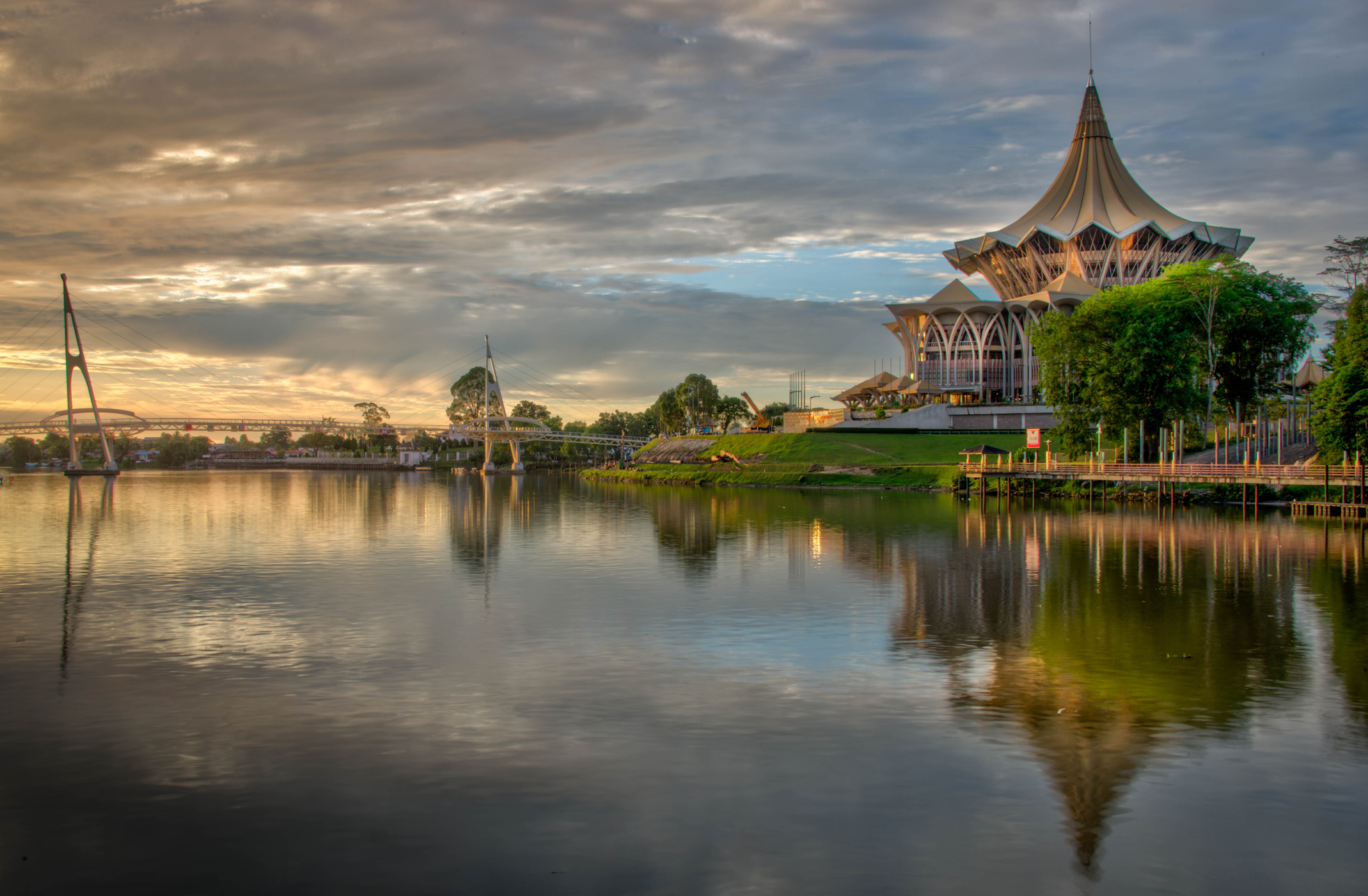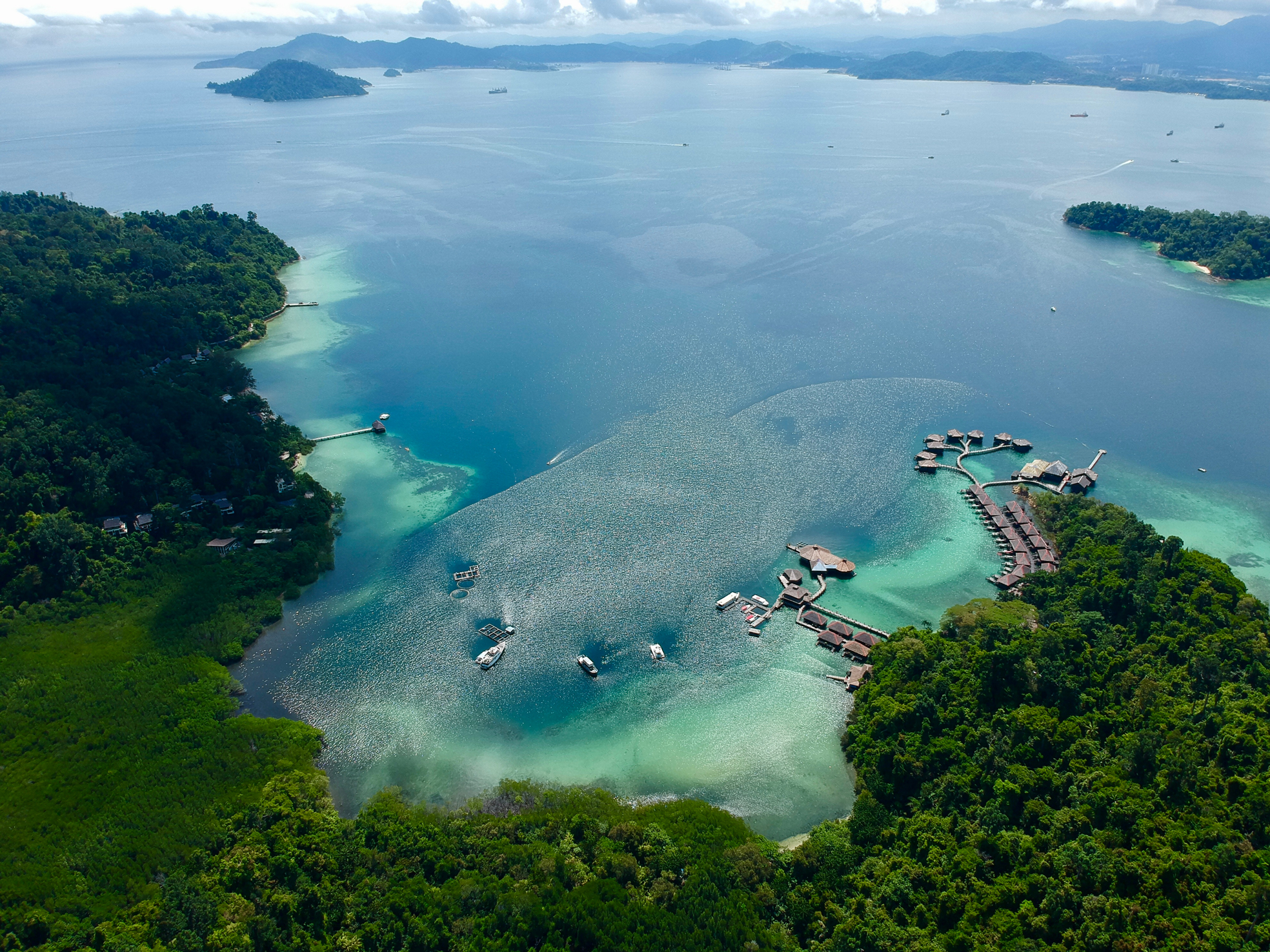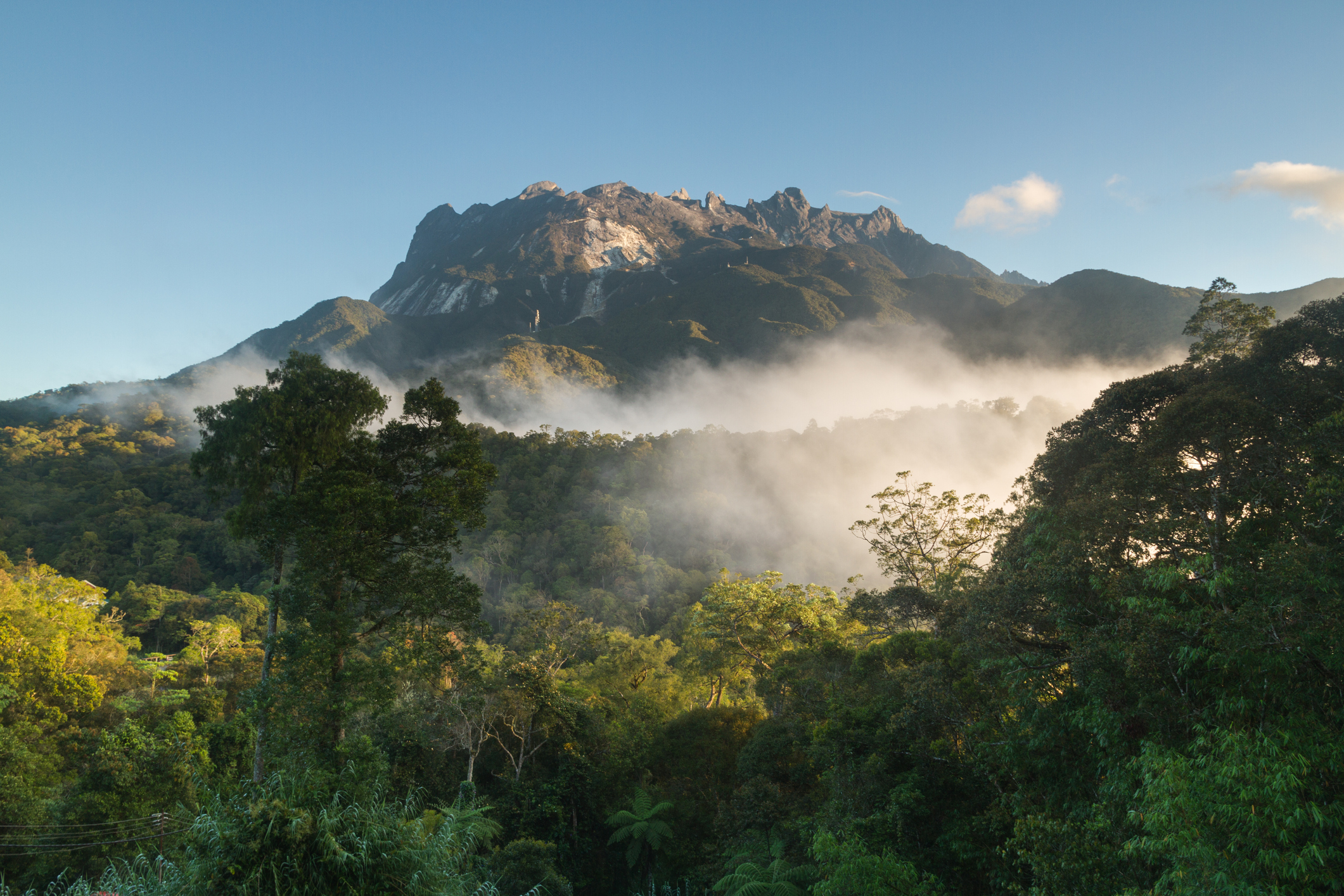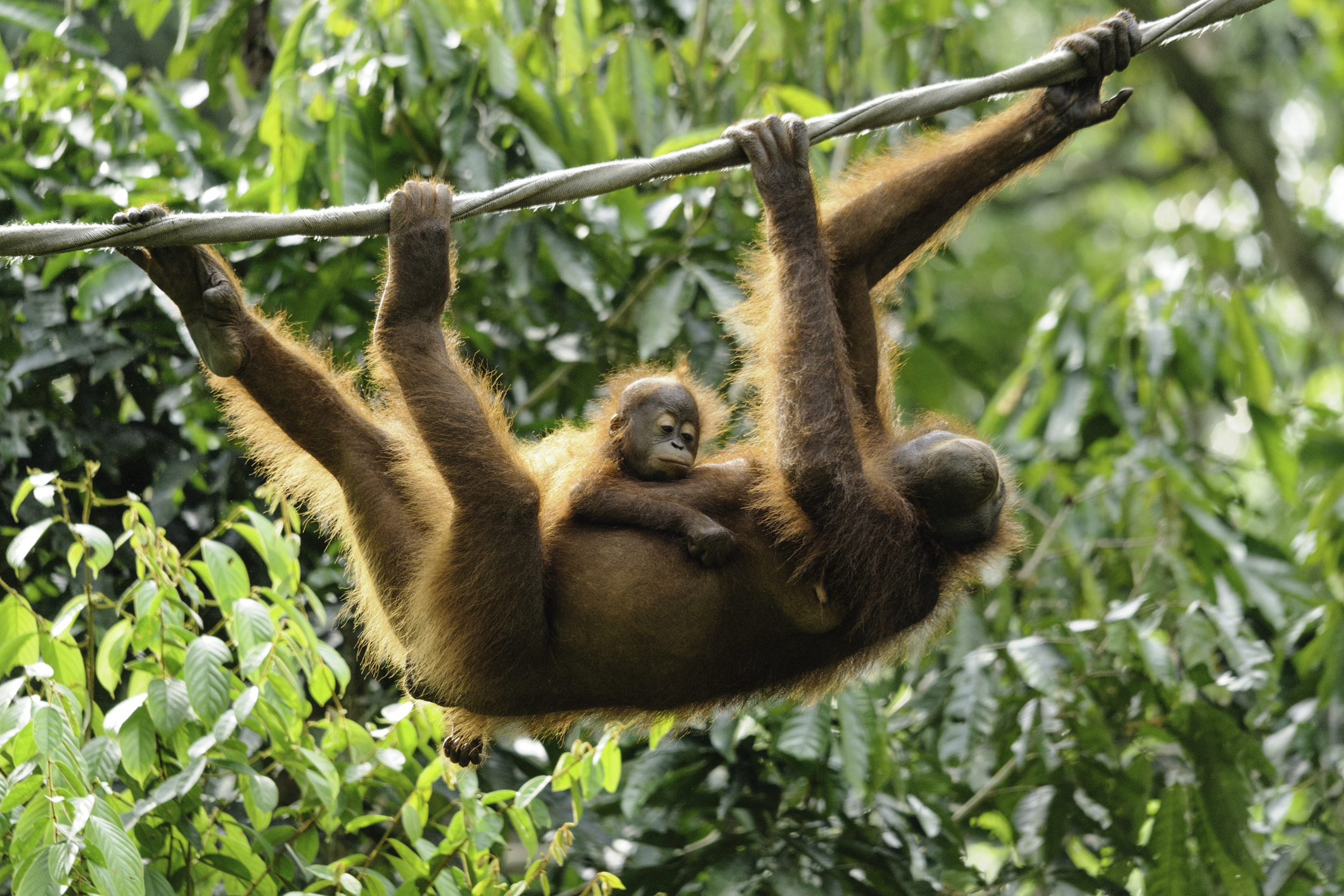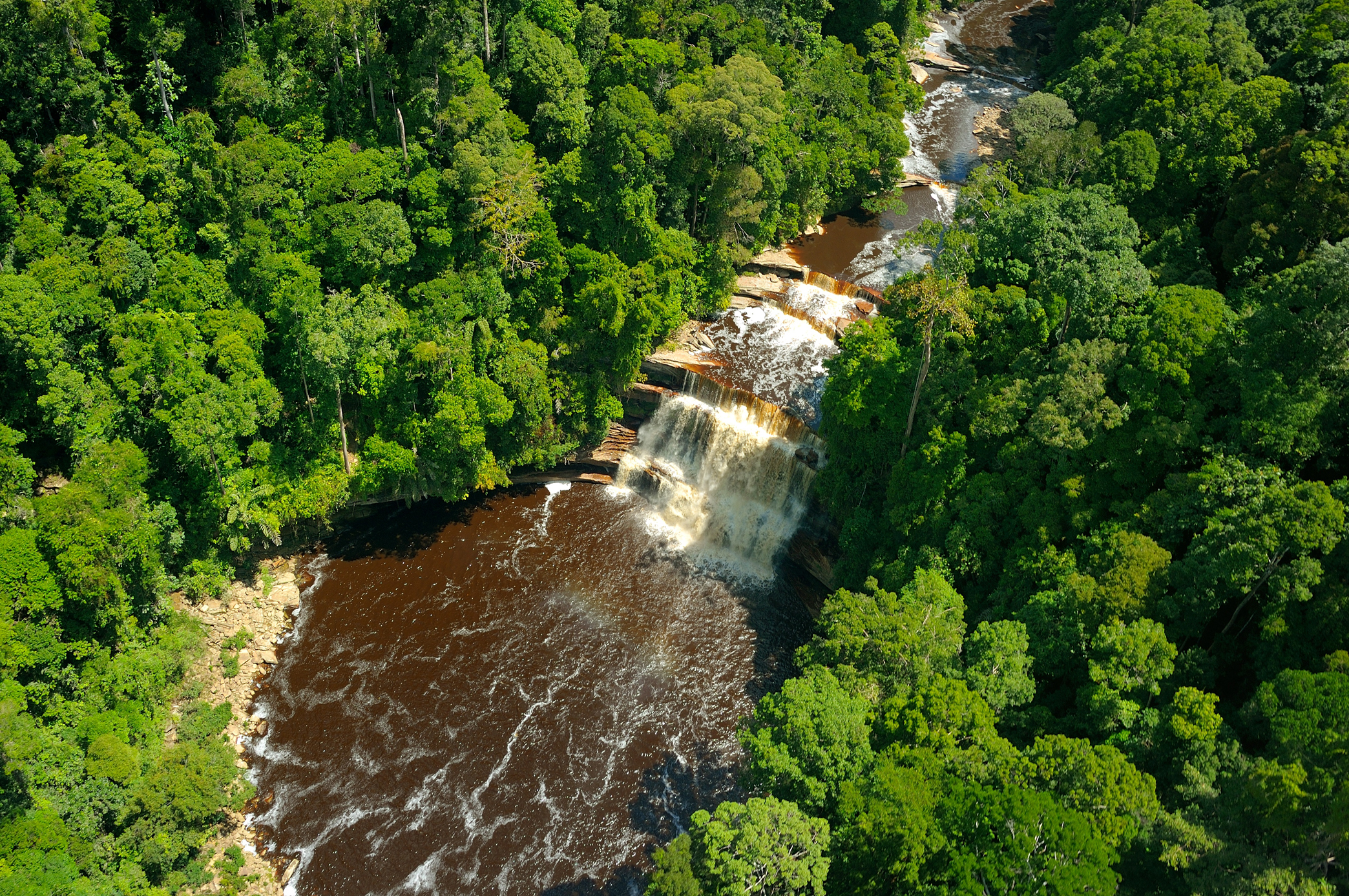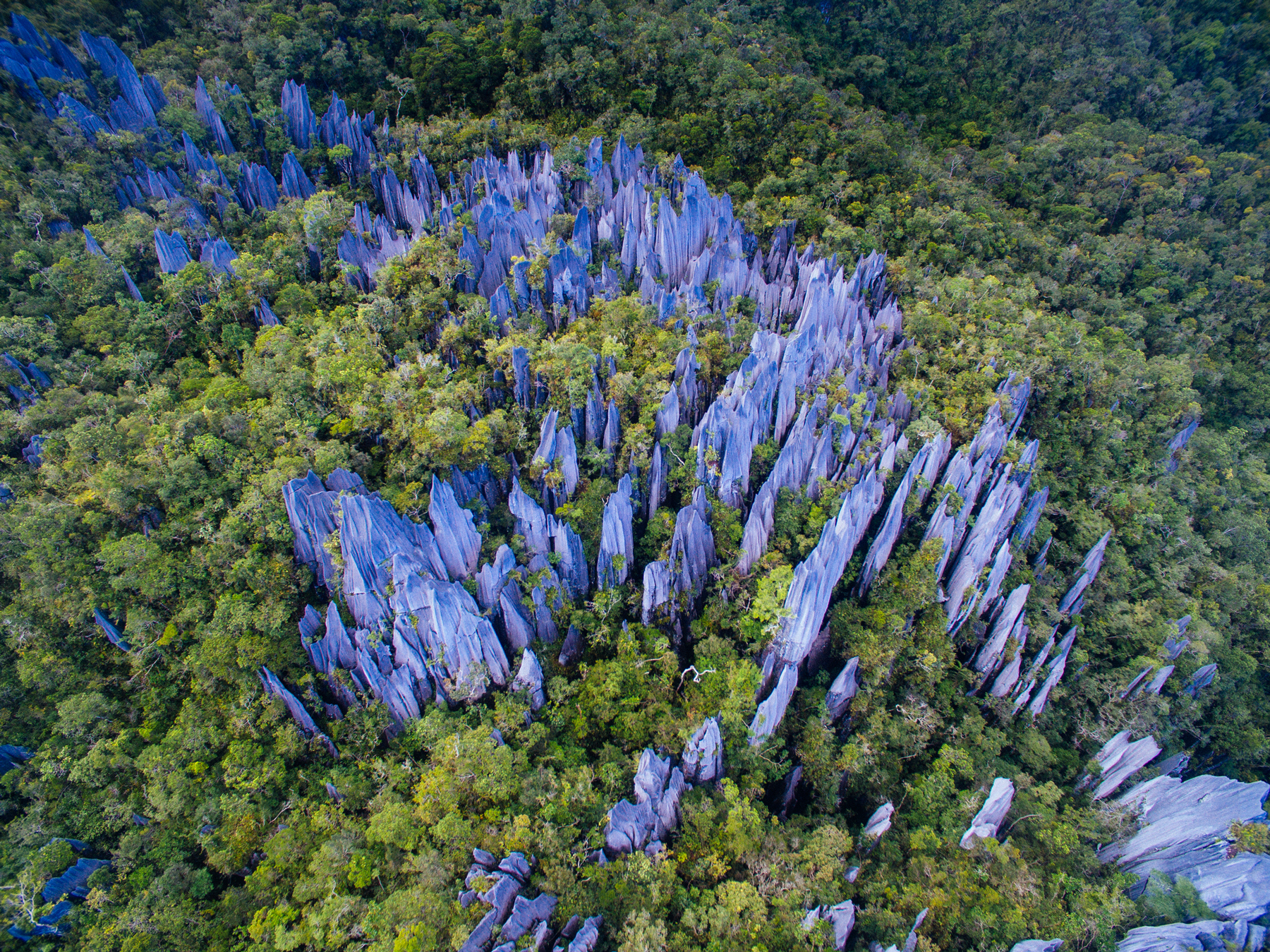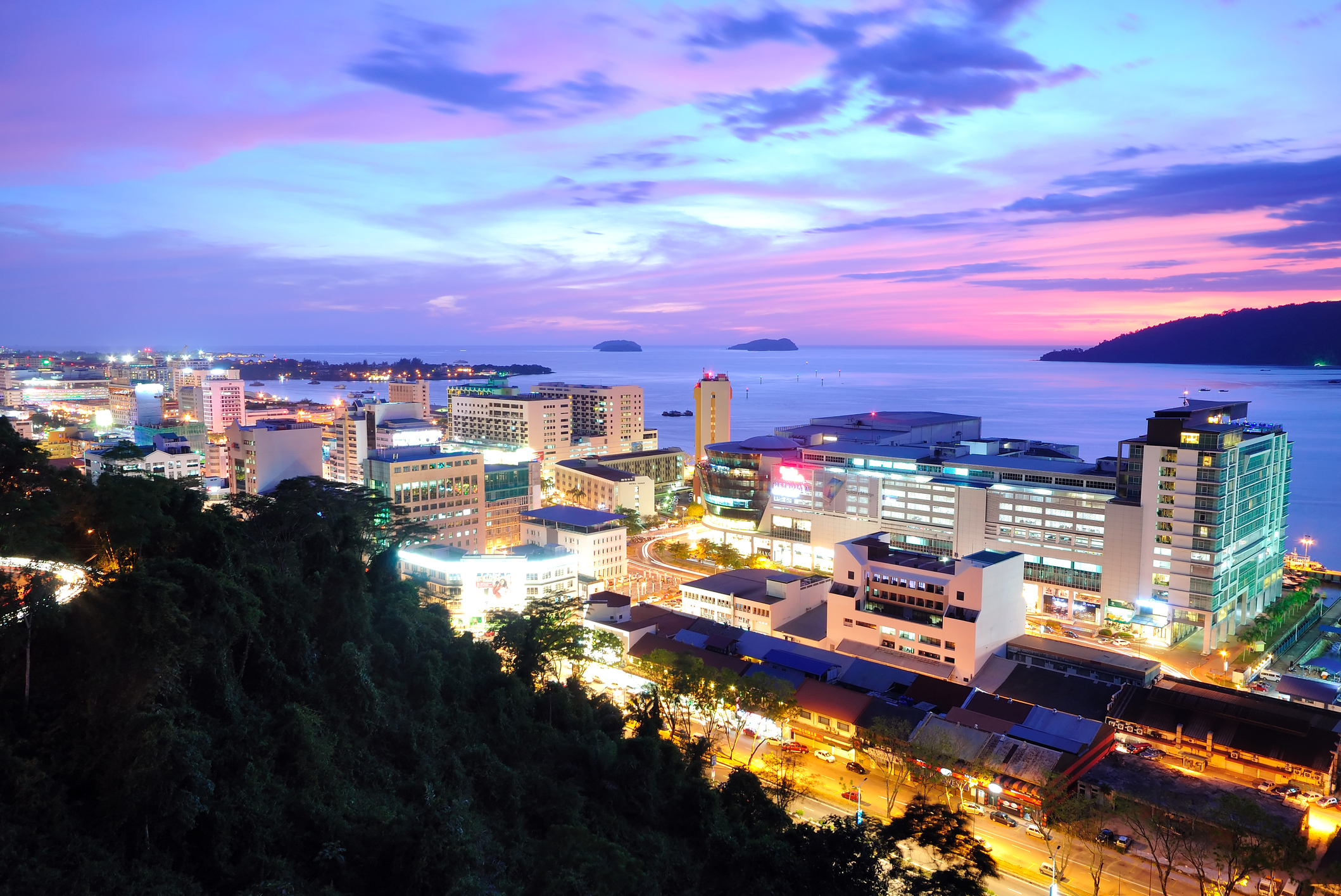
Kota Kinabalu
Beyond its colonial clock towers, lakeside mosques and ocean-fresh seafood, Sabah’s up-and-coming capital is the gateway to the tallest peak in Southeast Asia and one of the most important areas of biodiversity in the world.
Kota Kinabalu (or “KK”) began life as a small fishing village called Api-Api, but would eventually grow to become a major trading port for the British North Borneo Company (BNBC). Back then, it was known as Jesselton (named after Charles Jessel, the vice-chairman of the BNBC) and it did a roaring trade in rubber, rattan, honey, tobacco and wax – all transported from the island’s interior by the North Borneo Railway.
Standing in KK today, you'd be forgiven for wondering if all that history ever happened at all. The British razed it to the ground when they fled the Japanese in 1945, and only three colonial-era buildings were left standing by the end of the war. The result is that KK today isn't exactly much of a looker, with its jungle of skyscrapers drawing comparisons with Singapore. It’s not exactly what springs to mind when you think of Borneo, but it's an unavoidable stop-off point if you want to make the most of some of Borneo’s most incredible wildlife experiences – and it’s not entirely without its charms.
Cuisine is one of KK’s strong points: chow down on curry crab, fried bananas, durian on toast, or prawns the size of lobsters at the night market, which is a glorious festival of sizzling, slurping and steaming. Hunt down remnants of British colonial rule at the white, clapboard Atkinson Clock Tower and the old Sabah Post Office, and head to the top of Signal Hill for a birds-eye view over the beautiful islands of the Tunku Abdul Rahman Marine Park. Kota Kinabalu may not be your favourite place, but this is the gateway to Sabah.

